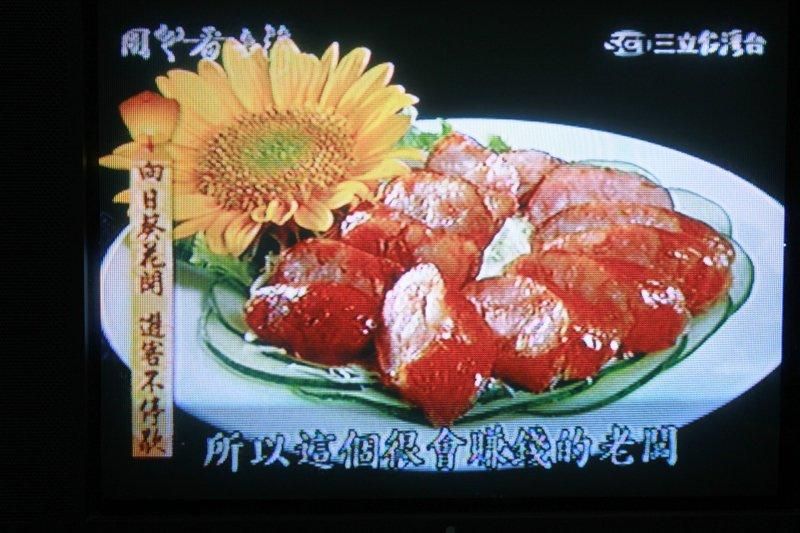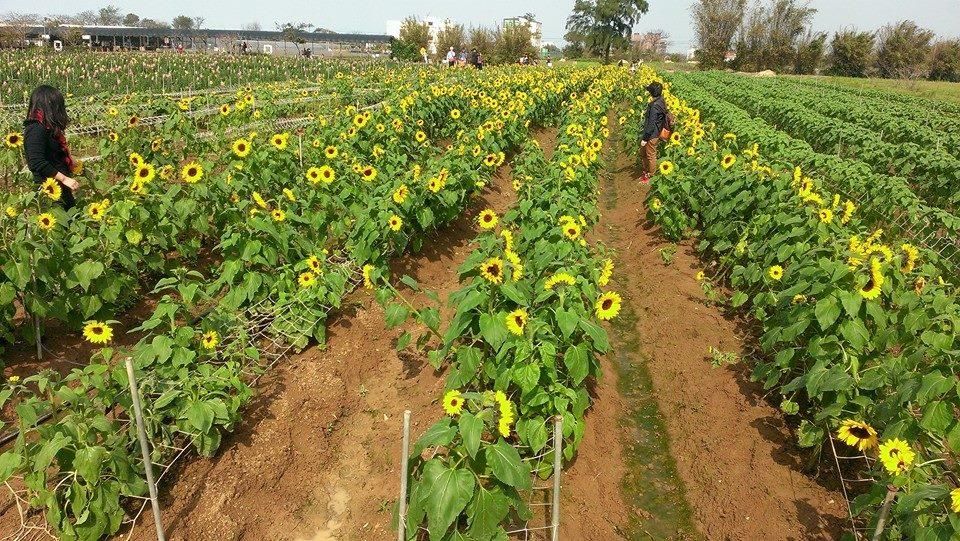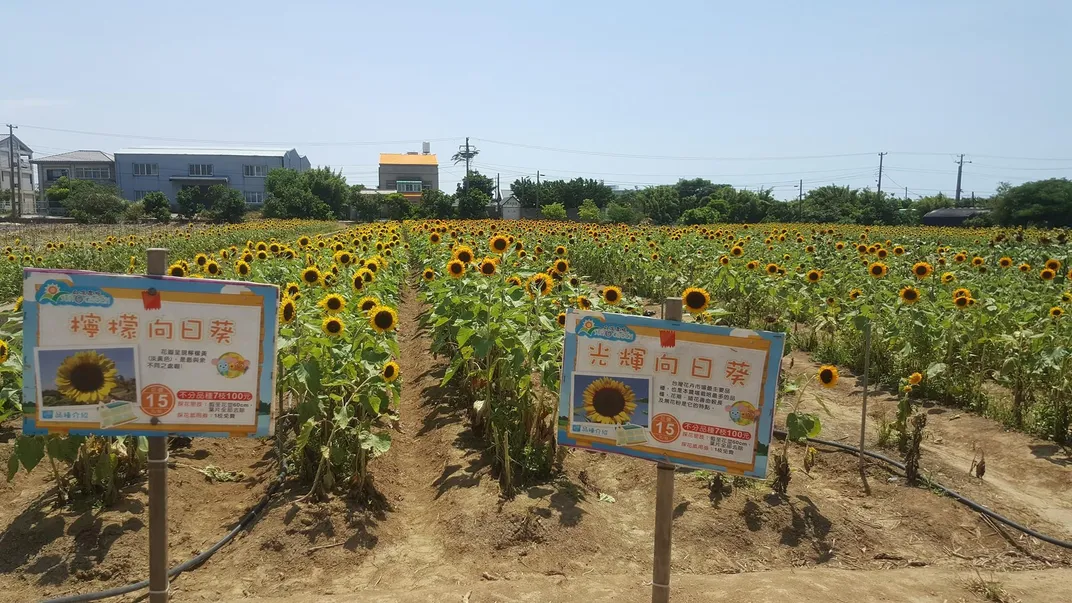Go Waist Deep Into the Largest Sunflower Farm in Northern Taiwan
Sunflower season is in full bloom in Taoyuan
It's sunflower season at the largest sunflower farm in Northern Taiwan. Located in Guanyin, Taoyuan, an estimated 10,000 crowns of yellow color the rows of farmland at Sun & Green between May and October each year.
The leisure farm was founded by Huang Yong-lin, a graduate of Pingtung University of Science and Technology’s program on plant industry, in 2001. He's since turned the land into a lush, 54,000 square-foot eco-paradise.
Sunflowers aren't native to Taiwan. But the blooms, perhaps best captured in popular imagination by Vincent van Gogh’s swirling studies in yellow, have become a mainstay in the Taiwan's northern fertile subtropical climate in recent years. The flower roots originally trace back to North America, where they was first cultivated as early as 3000 BC. Spanish explorers brought the seeds across the Atlantic during the 1500s, and by the early 19th century, Russians mass farmed the plant for its seeds and oil, making the sunflower explode in popularity around the globe.
Though floriculture or flower farming has been around in Taiwan since at least the 1600s, the country got into the flower market in a major way to meet market demands in the second half of the 20th century. By 1990, the acres of land used for flower cultivation had more than doubled over a five year period.
After Taiwan became a member of the World Trade Organization in 2002, so-called leisure farms, which grow flowers and high-quality foodstuff, became a way forward for Taiwan's agriculture industry, which struggled to compete head on with larger international markets, as Jens Kastner writes for Taiwan Today. To help boost these farms, Taiwan's government started promoting agricultural tourism to draw visitors the doorsteps of boutique growers, as well. In the words of the Council of Agriculture Minister Chen Wu-hsiung in 2008, the continued influx of flower fans has helped turn Taiwan into a "world-class flower island."
Taiwan’s bounty of sunflowers also stems from the country’s push against genetically modified crops. In 2012, the Council of Agriculture launched a fallow land revitalization program. The deal gives growers incentives to let farmland rest for a period of time before they plant non-GMO grains and crops. Bonus: Sunflowers act as a natural fertilizer, adding to the proliferation of the sunny blossoms in Taiwan. The bright flowers have become the poster plant for fallow land all over the country—not just because they're good for the soil, but also because they’re easy on the eyes.
The fields at Sun & Green are a sight to see. Yong-lin has bred his flowers to stand waist-high (typical sunflower stalks can range from 12 inches to more than 20 feet) so that visitors can easily pick their own plants. The farm also educates visitors on the sunflower growing process, explaining how they go from seed to bloom and why they've become beloved around the world.
There are at least 11 breeds of sunflowers growing at Sun & Green. But they're not just found in the fields; the farm's restaurant also cooks them up. While sipping a cup of sunflower tea might not seem too peculiar, visitors can also order up more imaginative mash-ups like sunflower sausage, sunflower ice cream and sunflower cookies.
Sunflower season will be over come November, but the farm itself operates year round, growing lavender and snapdragons in the winter and lilies in the spring. Holding out for the bright yellow blooms? Watch them take a final bow in Taiwan as part of the spectacular Xinshe Sea of Flowers Festival, which brings a rainbow of color to Taichung every November.
Planning Your Next Trip?
Explore great travel deals
Smithsonian magazine participates in affiliate link advertising programs. If you purchase an item through these links, we receive a commission.






